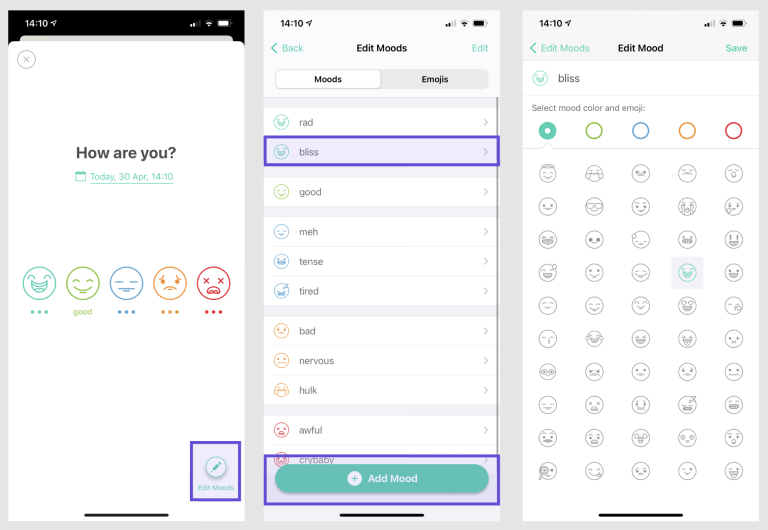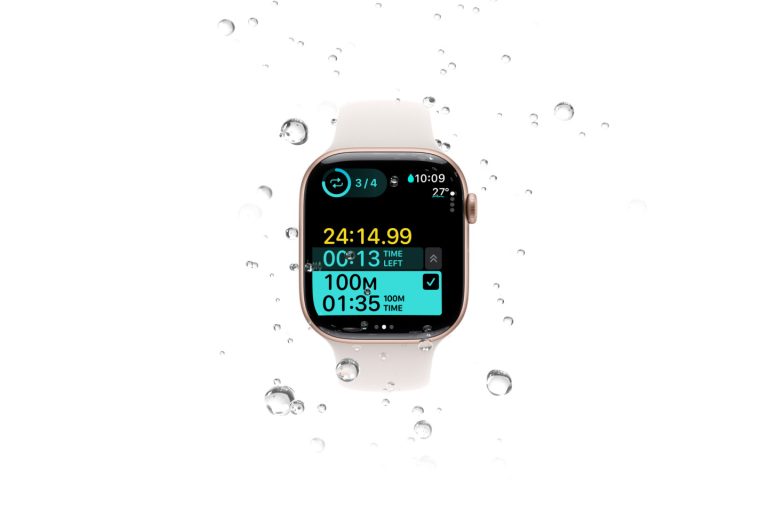Have you ever bought any of the tech gadgets that were supposed to change your life, only to discover it was gathering dust in a drawer months later? You’re not by yourself. Despite their high price tags, many goods in the consumer electronics sector fall short of their promises.
In this post, we’ll look at five of the most infamously costly but ultimately useless technological devices that succeeded in robbing enthusiastic buyers of their hard-earned cash. In a field where marketing hype occasionally overshadows innovation, these goods serve as warning tales.
1. Juicero Press ($400-$700)

The $700 Juice Squeezer That Couldn’t
Juicero’s $400 Wi-Fi-enabled juicer, launched in 2016, required proprietary produce packs to operate. The machine exerted four tons of force—”enough to lift two Teslas,” according to founder Doug Evans.
However, a 2017 Bloomberg report revealed that the juice packs could be squeezed by hand, rendering the expensive device unnecessary. Despite securing about $134 million from investors like Google Ventures and Kleiner Perkins, Juicero struggled with high costs and low sales, leading to its closure in September 2017, just 16 months after launch. The company’s downfall became a cautionary tale of Silicon Valley excess.
2. Google Glass ($1,500)
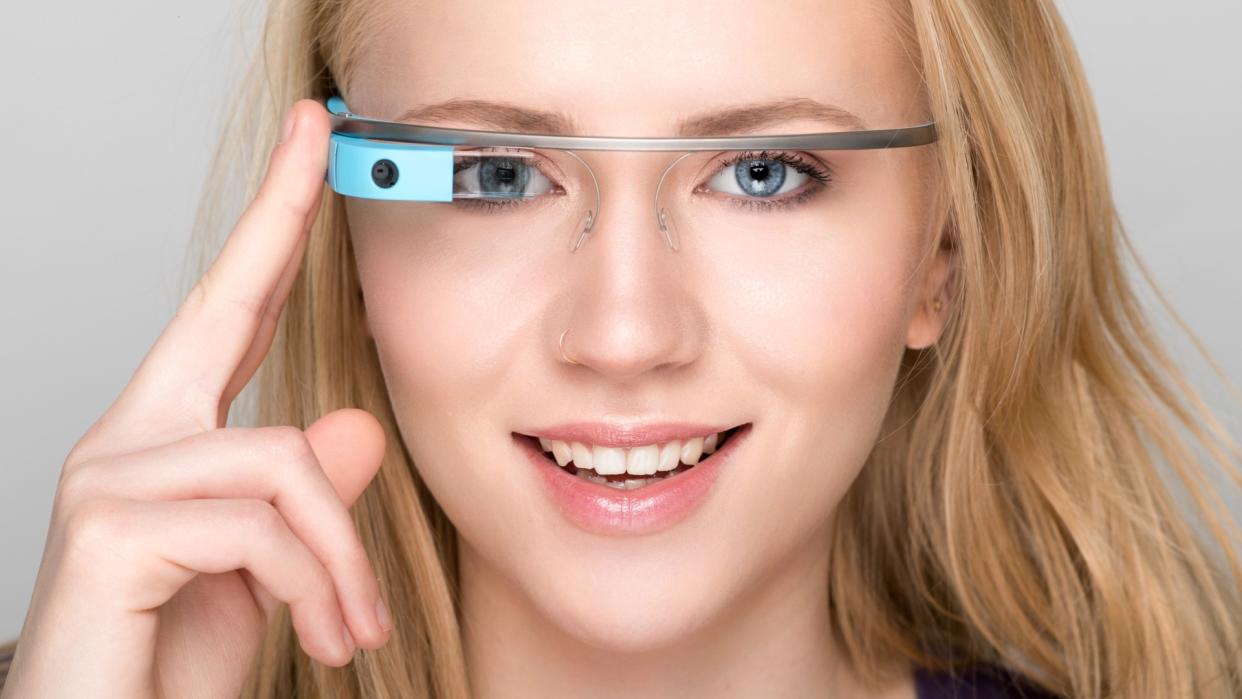
The Wearable That Nobody Wanted to Wear
Google Glass, launched in 2013 through the $1,500 “Explorer Program,” was Google’s ambitious foray into wearable tech. This head-mounted display allowed users to access information, capture photos, and record videos hands-free. Despite initial enthusiasm, the device faced significant challenges:
- Privacy concerns: The device’s discreet recording capabilities led to bans in various establishments and sparked public discomfort.
- Social stigma: Users were often labeled “Glassholes,” highlighting societal resistance.
- Limited functionality: Features largely mirrored smartphone capabilities, offering little incentive for adoption.
- Battery life issues: The device’s battery life was short, requiring frequent recharging.
A 2014 Toluna survey revealed that privacy issues deterred 72% of Americans. Consequently, Google halted consumer sales in 2015, though enterprise versions persisted.
3. Kohler Numi 2.0 Intelligent Toilet ($8,000+)
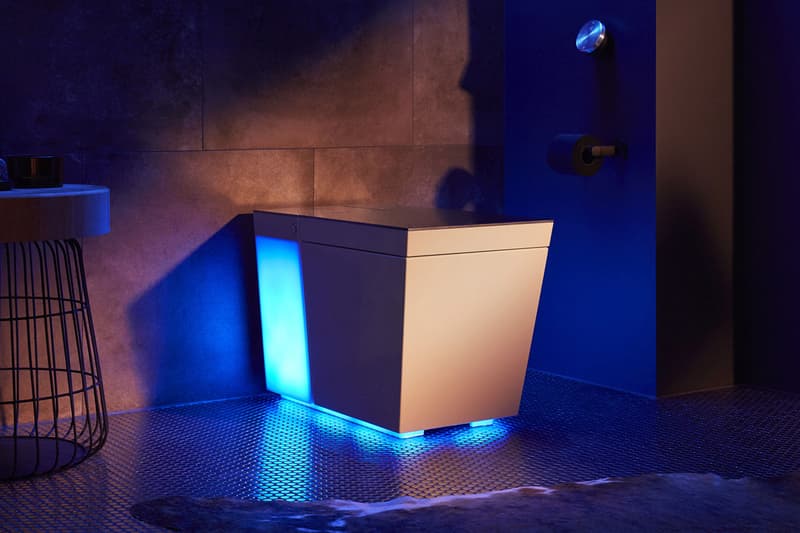
The Bathroom Tech Nobody Needed
Kohler’s Numi 2.0 Intelligent Toilet, unveiled at CES 2019, redefines bathroom luxury with its $8,000 price tag. This high-tech commode boasts features like built-in Amazon Alexa, ambient lighting, Bluetooth music streaming, a heated seat and foot warmer, automatic lid and flush, and bidet functionality with an air dryer.
Despite these innovations, smart toilets have achieved less than 1% market penetration in North American households as of 2023, indicating that traditional toilets remain the preferred choice for most consumers.
4. HAPIfork ($99)

The Smart Fork That Fell Flat
Unveiled at CES 2013, the $99 HAPIfork aimed to curb overeating by vibrating when users ate too quickly. This electronic utensil tracked metrics like meal duration and fork servings per minute, syncing data via USB to an online dashboard for monitoring eating habits.
Despite its innovative approach, the HAPIfork faced challenges: it required regular charging, manual data syncing, and was limited to fork-friendly foods. Critics questioned its practicality and long-term effectiveness, leading to its quiet exit from the market.
5. Triton Artificial Gills ($800+)
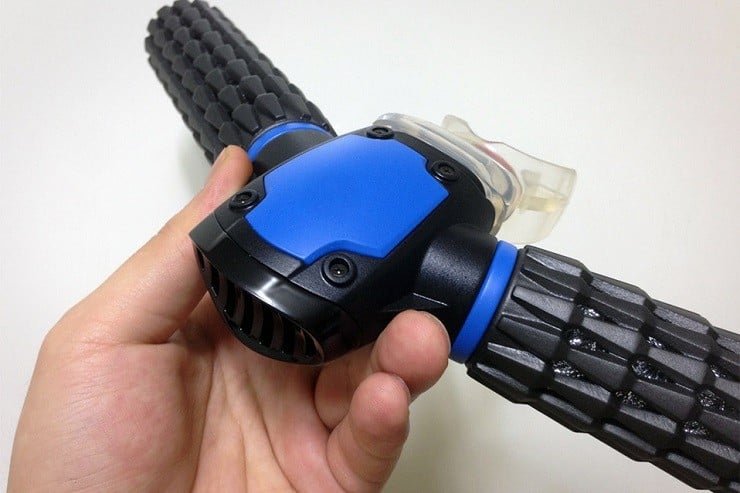
The Underwater Breathing Device That Couldn’t Work
In 2016, the Triton “artificial gill” device surfaced on Indiegogo, claiming to let users breathe underwater for 45 minutes by extracting oxygen from water. Despite raising nearly $900,000, experts quickly debunked its feasibility, highlighting significant scientific flaws.
The device would need to process about 50 liters of water per minute to supply adequate oxygen, an impractical feat for its compact design.
Facing mounting skepticism, Triton’s creators refunded all backers and admitted the original concept was unworkable. This episode underscores the importance of scrutinizing ambitious crowdfunding claims.
Why Do We Keep Buying Useless Tech?
Research from consumer psychology provides several explanations for our continued investment in questionable gadgets:
- The Endowment Effect: A 2021 study in the Journal of Consumer Research found that consumers value products more highly once they own them, making it difficult to acknowledge purchase mistakes.
- FOMO (Fear of Missing Out): Research published in Computers in Human Behavior demonstrates that social media amplifies FOMO, leading to impulse purchases of trending tech products.
- Solution-Seeking Behavior: We’re naturally drawn to products promising to solve problems—even ones we didn’t know we had.
How to Avoid Wasting Money on Useless Tech
To protect yourself from becoming the next owner of an expensive tech paperweight:
- Wait for second-generation products when major innovations are introduced
- Read reviews from multiple sources before purchasing
- Question whether the product solves a genuine problem in your life
- Consider the total cost of ownership, including subscriptions and accessories
- Be wary of crowdfunded tech with revolutionary claims but limited evidence
The Final Note
Before splurging on the latest high-tech gadgets, take a moment to ask: Will this gadget genuinely improve my life, or will it end up as an overpriced dust collector?
Have you ever fallen for a hyped-up device that turned out to be completely useless? Share your experience in the comments!
FAQ Section
Q: Are any of these failed products still available for purchase?
A: Most have been discontinued, though you might find the Kohler Numi 2.0 toilet and various iterations of smart forks still on the market.
Q: What happened to the money invested in Juicero?
A: The $120 million in venture capital was largely spent on product development, marketing, and operations before the company closed in 2017.
Q: Do any of these products have practical applications despite being consumer failures?
A: Yes. Google Glass found a second life in enterprise applications, particularly in manufacturing and healthcare settings.
Q: What’s the difference between failed gadgets and a product ahead of its time?
A: Failed gadgets typically don’t solve real problems efficiently, while products ahead of their time may address genuine needs but face temporary barriers like cost, technology limitations, or social acceptance.
Q: How can I spot potentially useless tech before investing?
A: Look for solutions to problems that don’t exist, overly complex approaches to simple tasks, and products requiring significant behavioral changes without proportional benefits.


